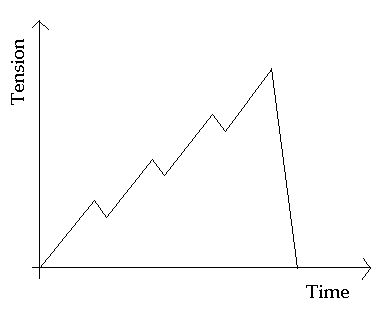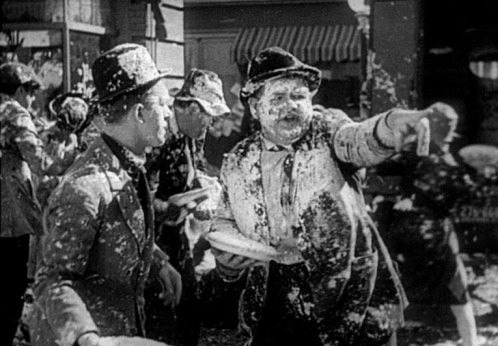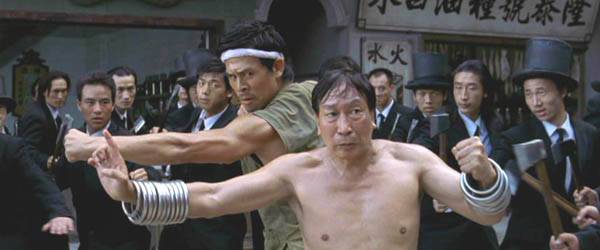How to Tell a Story
I'm going to make an admission: I have no idea what "plot" means. It confuses me. Some movies are supposedly tightly plotted, others are supposedly plot-less. Personally, I find "plot" to be totally useless when trying to figure out how to tell a story. Instead, I prefer to focus on what every story has in common. Every story, whether action, comedy, slice-of-life, or abstract will build tension and then release that tension at a certain point. That's it.
You've probably seen a graph like this before:

That's all you need to know about telling a story. So how do you build tension?
Start with a small event, followed by a bigger event, and finish with a really big event. Kung Fu Hustle 
Don't worry about inciting incidents, don't worry about story beats, just start with a small event and follow it up with bigger events until you come to an event that finishes it all. This even works scene to scene too. Every little part of your story should follow the same pattern, as long as the resolutions to the little stories build toward the overall big story.
This even works for stories that are slow, minimalistic or sparse. It just happens much more subtly, and the climaxes are smaller (although not necessarily less powerful). Case in point is Ozu's Late Spring

Even a movie like Baraka
The fun thing about telling stories is that there are a ton of ways that you can accomplish this, but you don't need to over-think it! Just make sure the big pie fight is at the end of the movie and not at the beginning and you're on your way.

Now, having said all this, I think there are some details about how to best do this, but they aren't hard fast rules, and I can think of exceptions to almost every other element that I think makes a story good. Many of my favorite stories have dynamic characters, interesting turns and compelling stakes, but I have other favorites that do fine without.
But every story, somehow, has to build to something.


